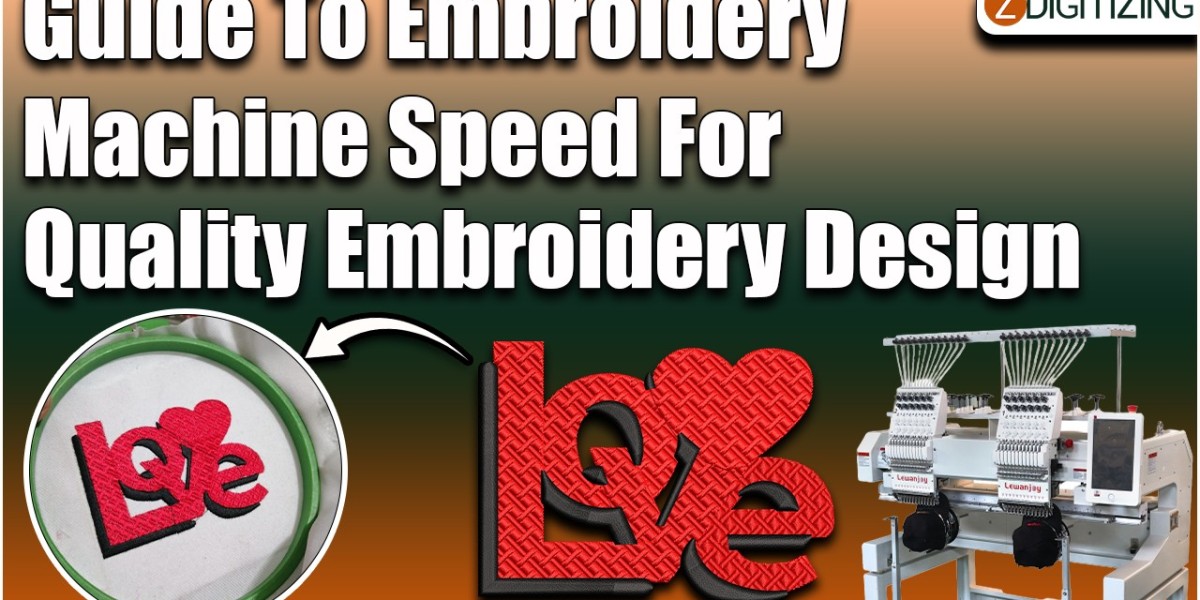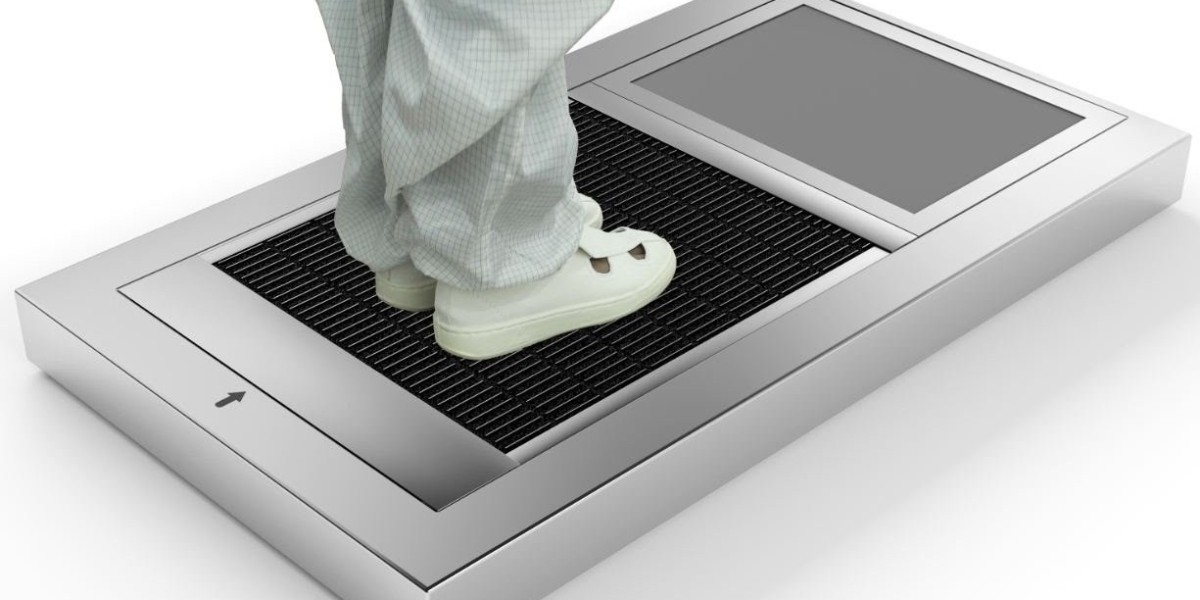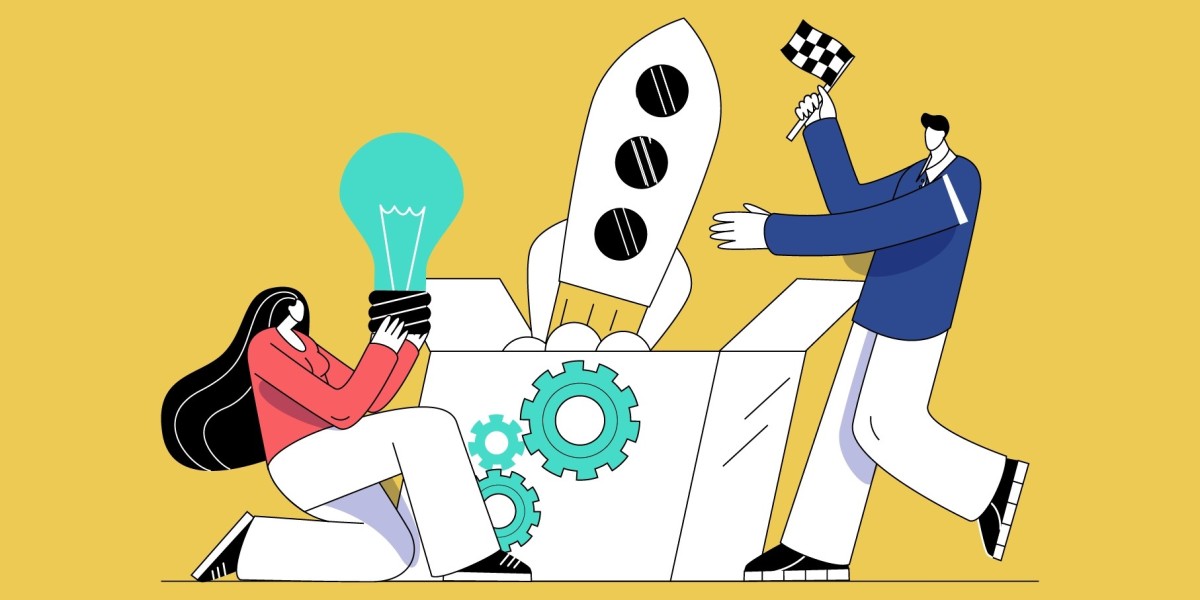Embroidery digitizing services rely not only on skillful design creation but also on the proper operation of embroidery machines. One critical aspect of achieving high-quality embroidery designs is understanding and optimizing the speed of the embroidery machine. In this guide, we'll explore the relationship between embroidery machine speed and the quality of embroidery designs, offering valuable insights for both professionals and hobbyists.
Understanding Embroidery Machine Speed
Embroidery machine speed refers to the rate at which the machine stitches out designs onto fabric. This speed is typically measured in stitches per minute (SPM) or revolutions per minute (RPM). While higher machine speeds can increase productivity, they can also impact the quality of embroidery designs if not managed properly.
Factors Affecting Embroidery Machine Speed
Fabric Type and Thickness
The type and thickness of the fabric being embroidered play a significant role in determining the optimal machine speed. Thicker fabrics, such as denim or canvas, may require slower machine speeds to ensure proper stitch formation and prevent thread breakage.
Design Complexity
The complexity of the embroidery design also influences the ideal machine speed. Intricate designs with dense stitching or small details may require slower speeds to maintain precision and accuracy. Conversely, simpler designs with larger stitch areas may tolerate higher machine speeds without sacrificing quality.
Thread Type and Tension
The type and tension of the thread used can impact the machine's ability to maintain consistent speed and stitch quality. It's essential to use high-quality embroidery thread and ensure proper tension settings to minimize thread breaks and distortion at higher speeds.
Machine Maintenance
Regular maintenance and calibration of the embroidery machine are crucial for optimal performance, including speed control. Lubricating moving parts, checking needle and bobbin tension, and cleaning the machine regularly can help maintain consistent speed and stitch quality over time.
Optimizing Embroidery Machine Speed for Quality Designs
Start Slow and Test
When digitizing designs for embroidery, it's advisable to start with a slower machine speed and gradually increase it as needed. Conducting test runs on scrap fabric can help determine the optimal speed for each design, taking into account factors such as fabric type, design complexity, and thread tension.
Monitor Stitch Quality
While increasing machine speed, closely monitor the stitch quality to ensure that the embroidery design maintains its integrity. Look out for issues such as skipped stitches, thread breaks, and uneven tension, which may indicate that the machine speed is too fast for the given design or fabric.
Adjust Speed as Needed
Be prepared to adjust the machine speed throughout the embroidery process based on real-time feedback. If the machine encounters issues such as thread breaks or distortion, slowing down the speed can help resolve these issues and improve overall stitch quality.
Prioritize Quality Over Speed
While faster machine speeds can increase productivity, it's essential to prioritize quality over speed when it comes to embroidery digitizing service. Sacrificing stitch quality for the sake of speed can result in subpar embroidery designs that fail to meet customer expectations.
Conclusion
In conclusion, mastering the art of embroidery machine speed is essential for achieving high-quality embroidery designs. By understanding the factors that influence machine speed and implementing strategies to optimize speed for each design and fabric type, embroidery digitizing services can consistently deliver superior results. Remember to prioritize quality over speed and always conduct thorough testing to ensure optimal stitch quality.








